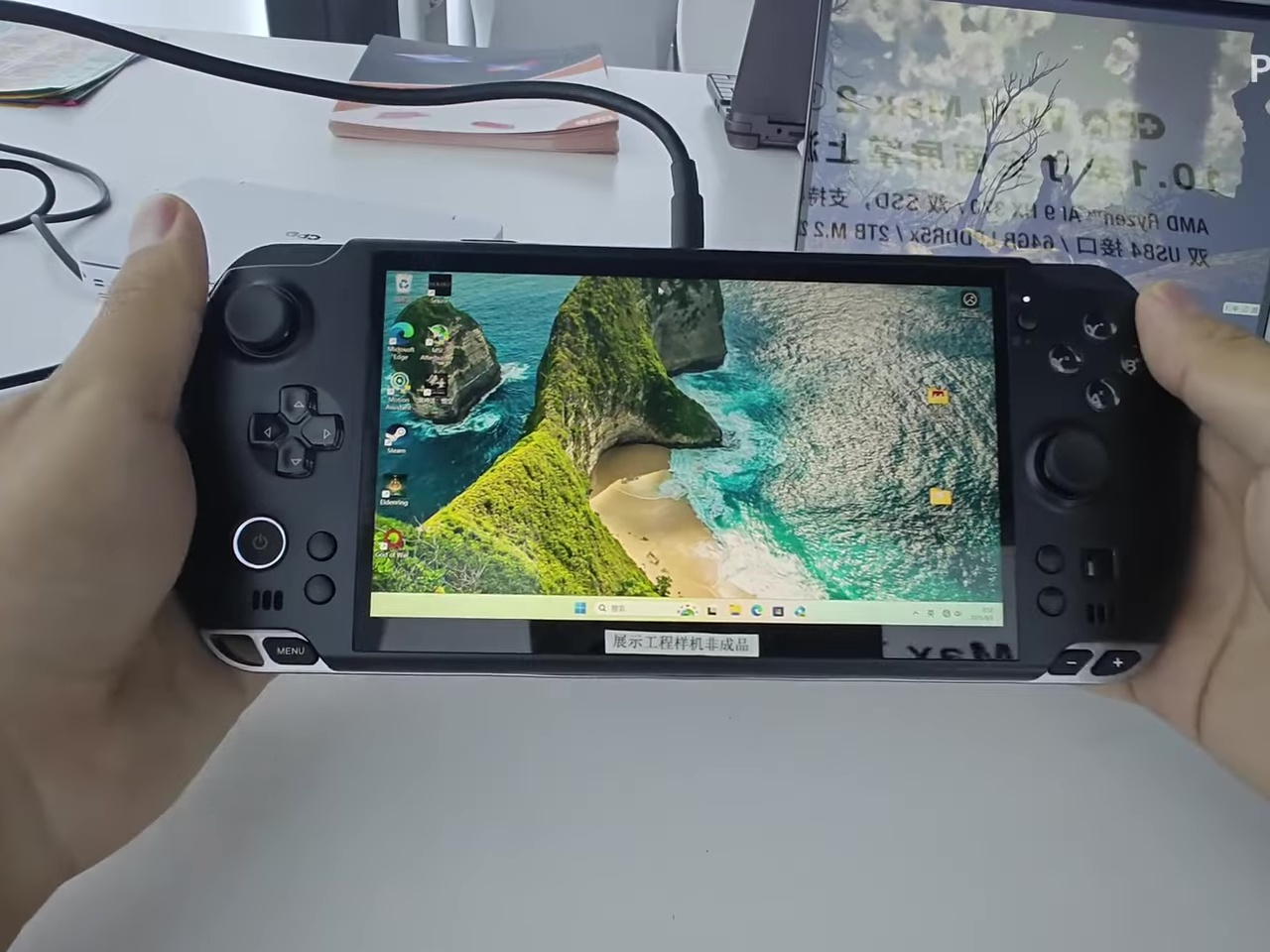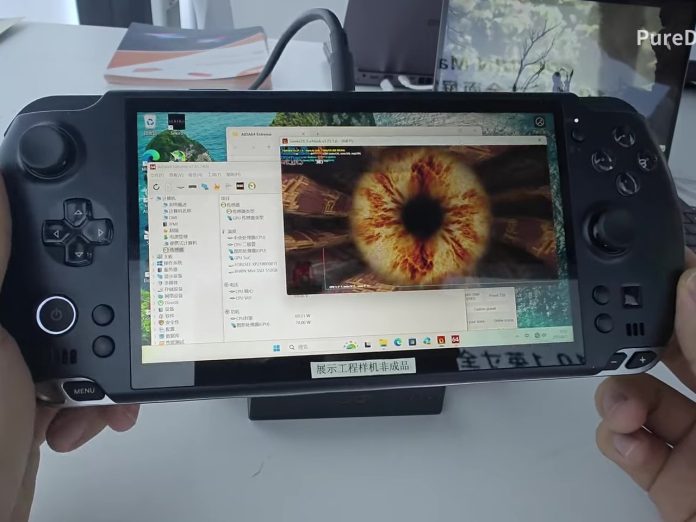The handheld gaming PC market has exploded over the past few years, with everyone from Valve to ASUS jumping into the fray. With so many options flooding the market, manufacturers face intense pressure to stand out from the crowd. But sometimes innovation for innovation’s sake isn’t always the smartest move.
GPD’s upcoming offering, the WIN 5, seems determined to make a very bold statement about what a gaming handheld should be. The company is promising desktop-class performance with AMD’s flagship Ryzen AI MAX+ 395 processor, but these gains come with some pretty significant compromises that might leave longtime fans scratching their heads.
Designer: GPD
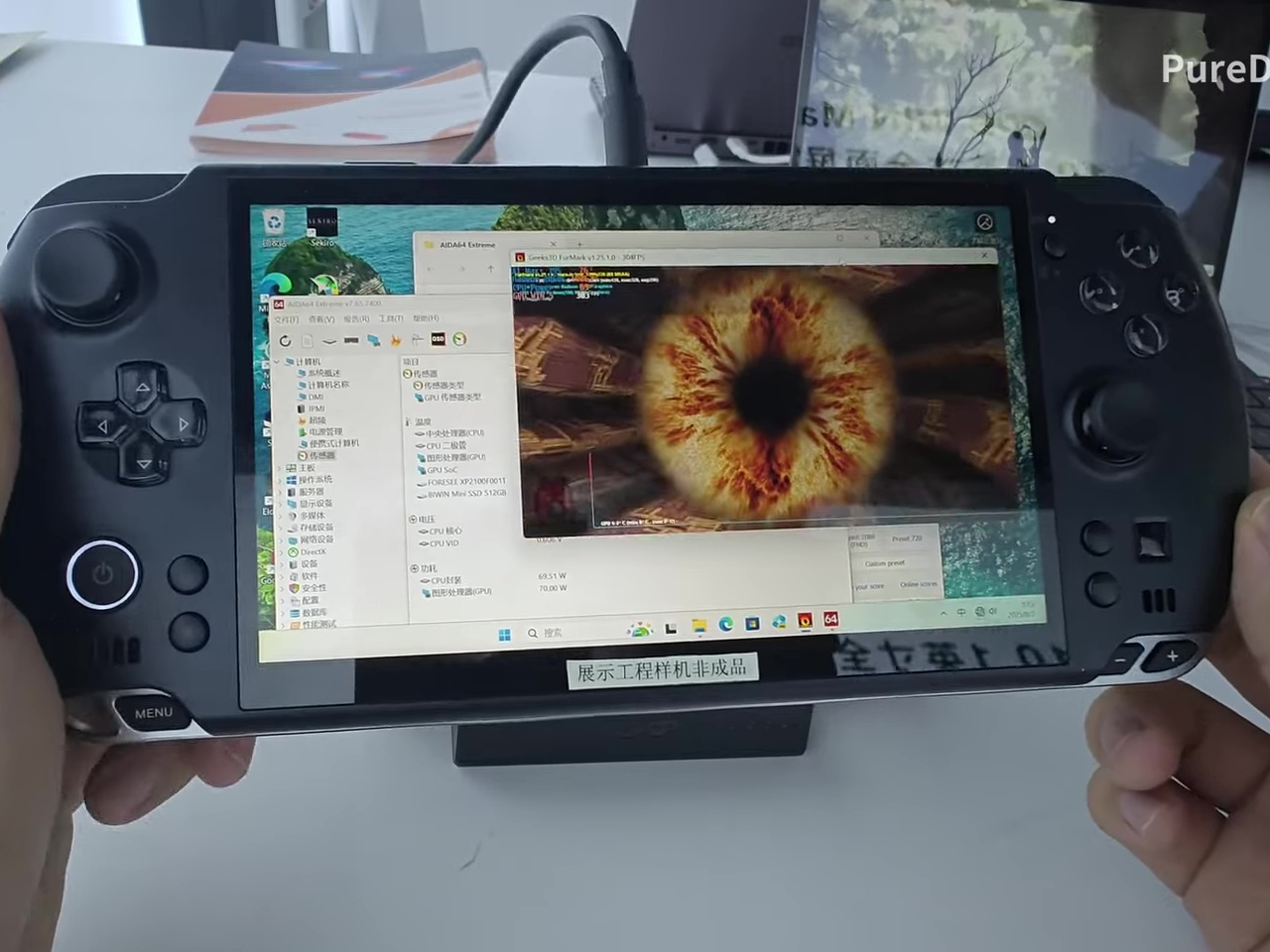
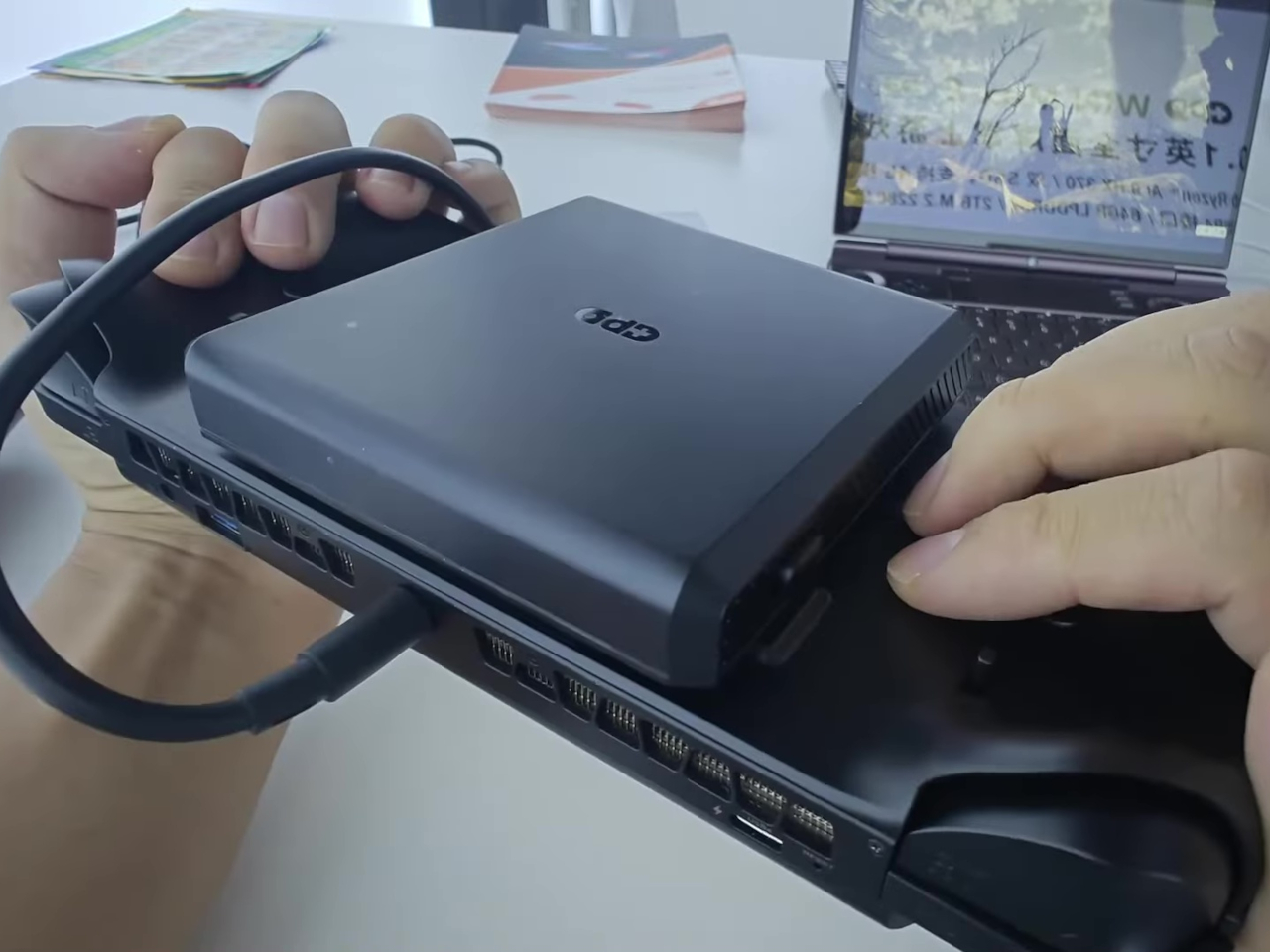
Gone is the signature slider mechanism that revealed a full QWERTY keyboard underneath the display. Since the original clamshell WIN 1 and WIN 2, through the slider-based WIN 3 and WIN 4, that built-in keyboard has been the defining feature of the GPD WIN series. It’s what separated these devices from pure gaming handhelds.
The WIN 5 ditches this entirely, opting instead for a streamlined, controller-focused design that looks more like a Steam Deck competitor than a pocket computer. It’s a dramatic shift that fundamentally changes what the GPD WIN brand represents, and not everyone will appreciate losing that productivity element.
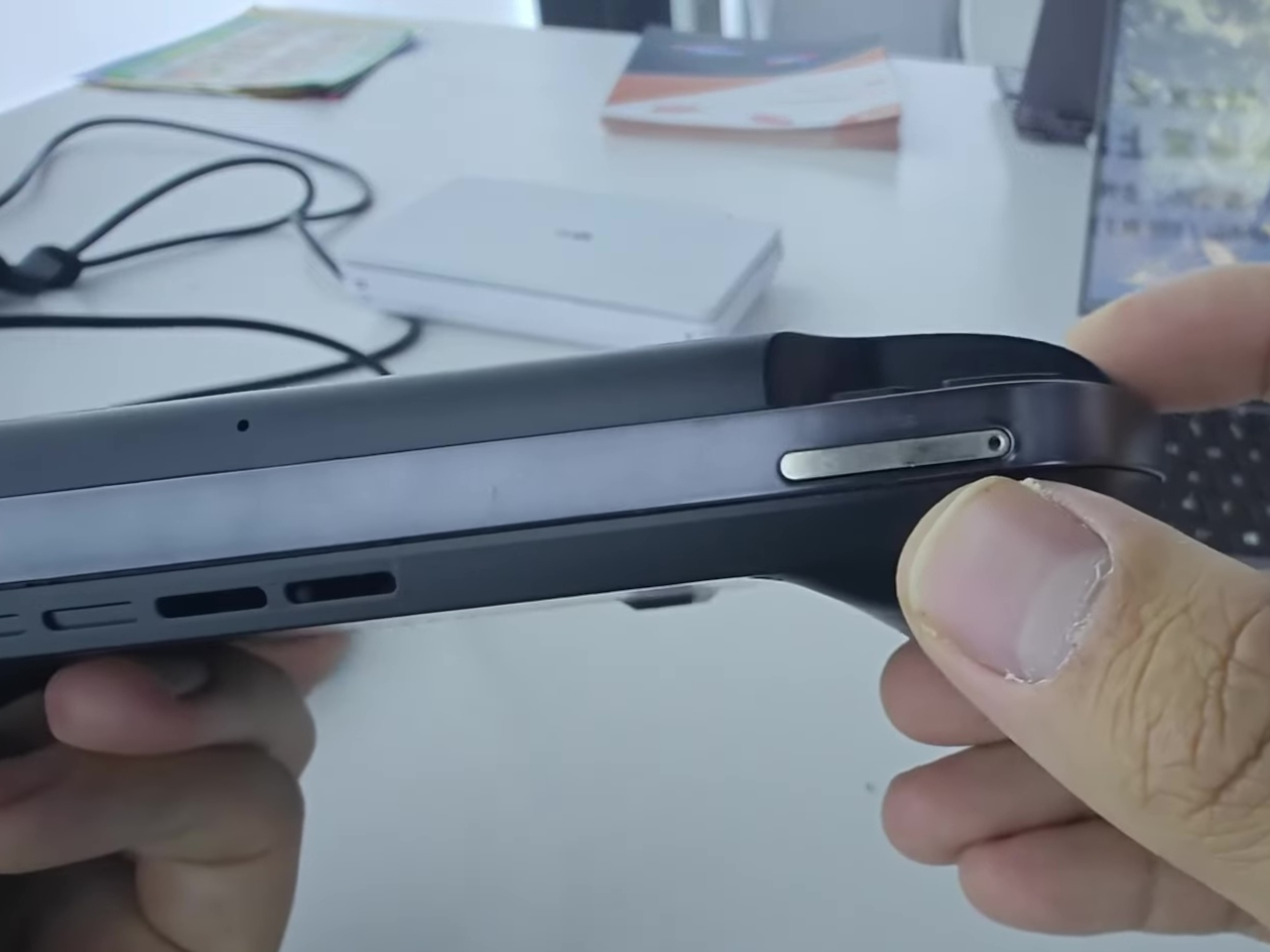
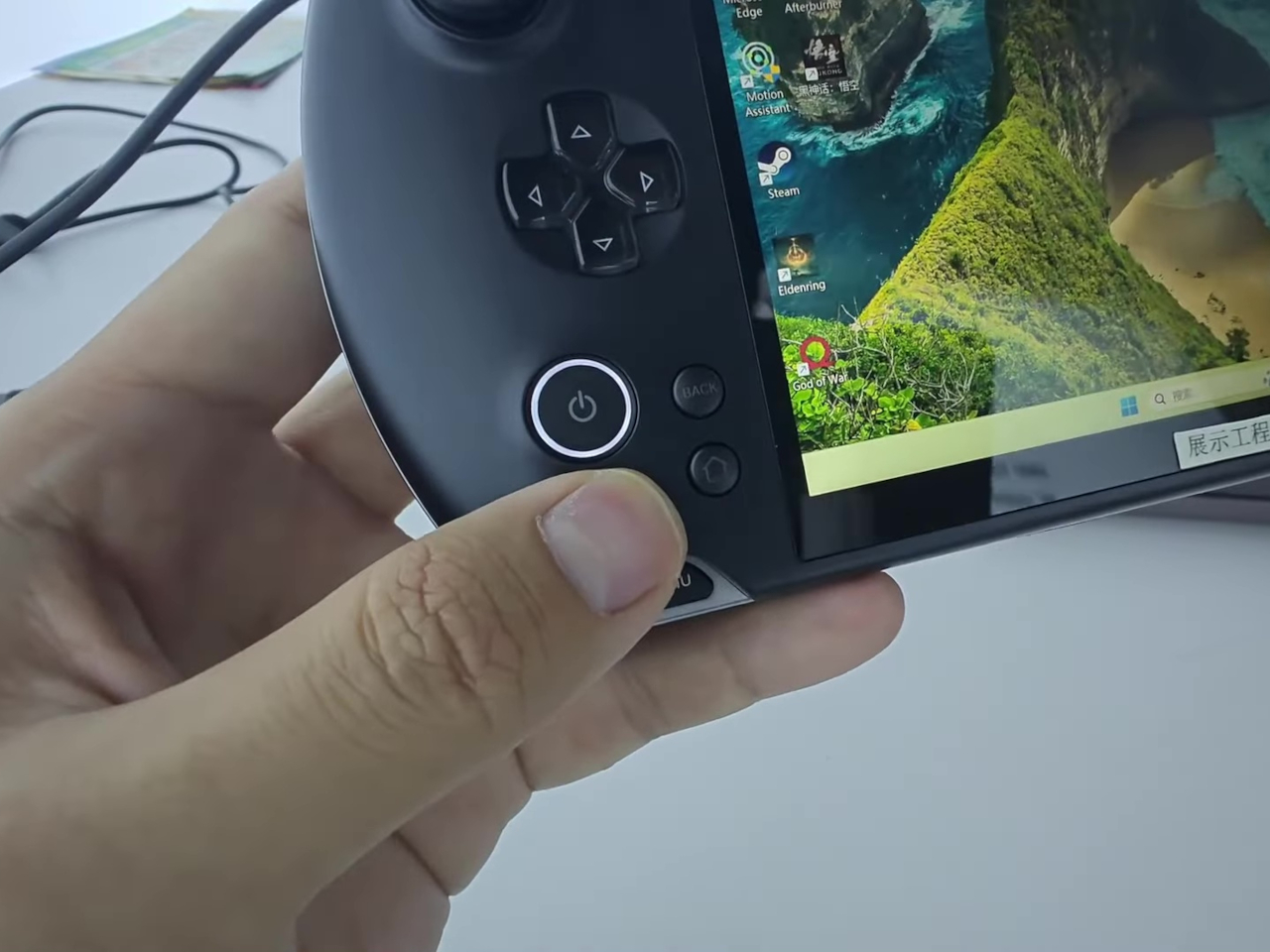
Perhaps even more controversial is the battery situation. There’s apparently no internal battery inside the GPD WIN 5 at all, making the device lighter and thinner while potentially helping with thermal management. The consequence is that you either need to keep it plugged into the wall or attach the official external battery pack.
That 5,170mAh battery pack clips onto the back using a proprietary connector and movable clips. While this modular approach has some appeal, the battery partially blocks the device’s airflow and twin cooling fans, except through a small gap between the back of the GPD WIN 5 and the battery block. This seems counterproductive when you’re trying to cool a high-performance processor that can hit 70 watts under load.
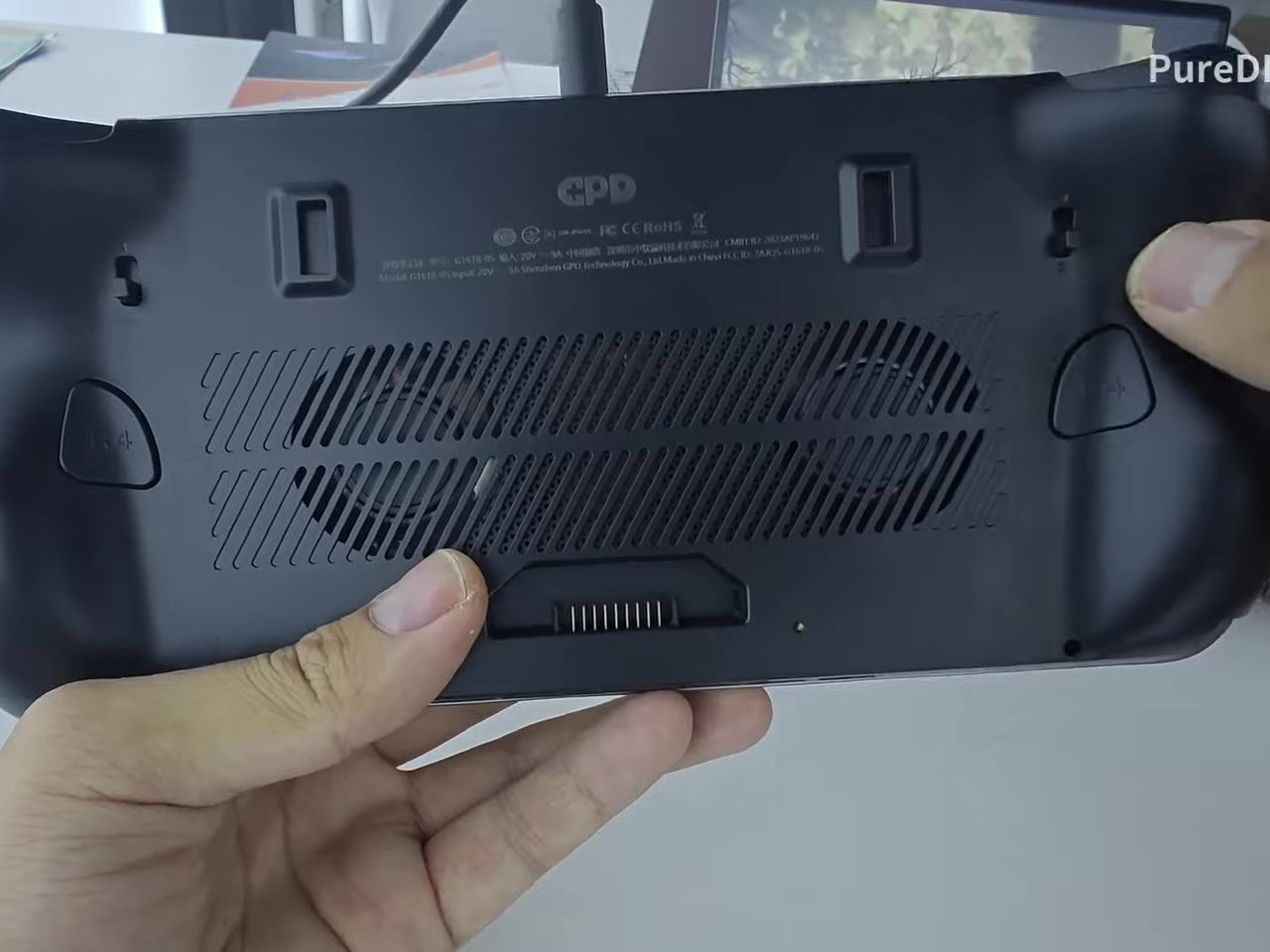
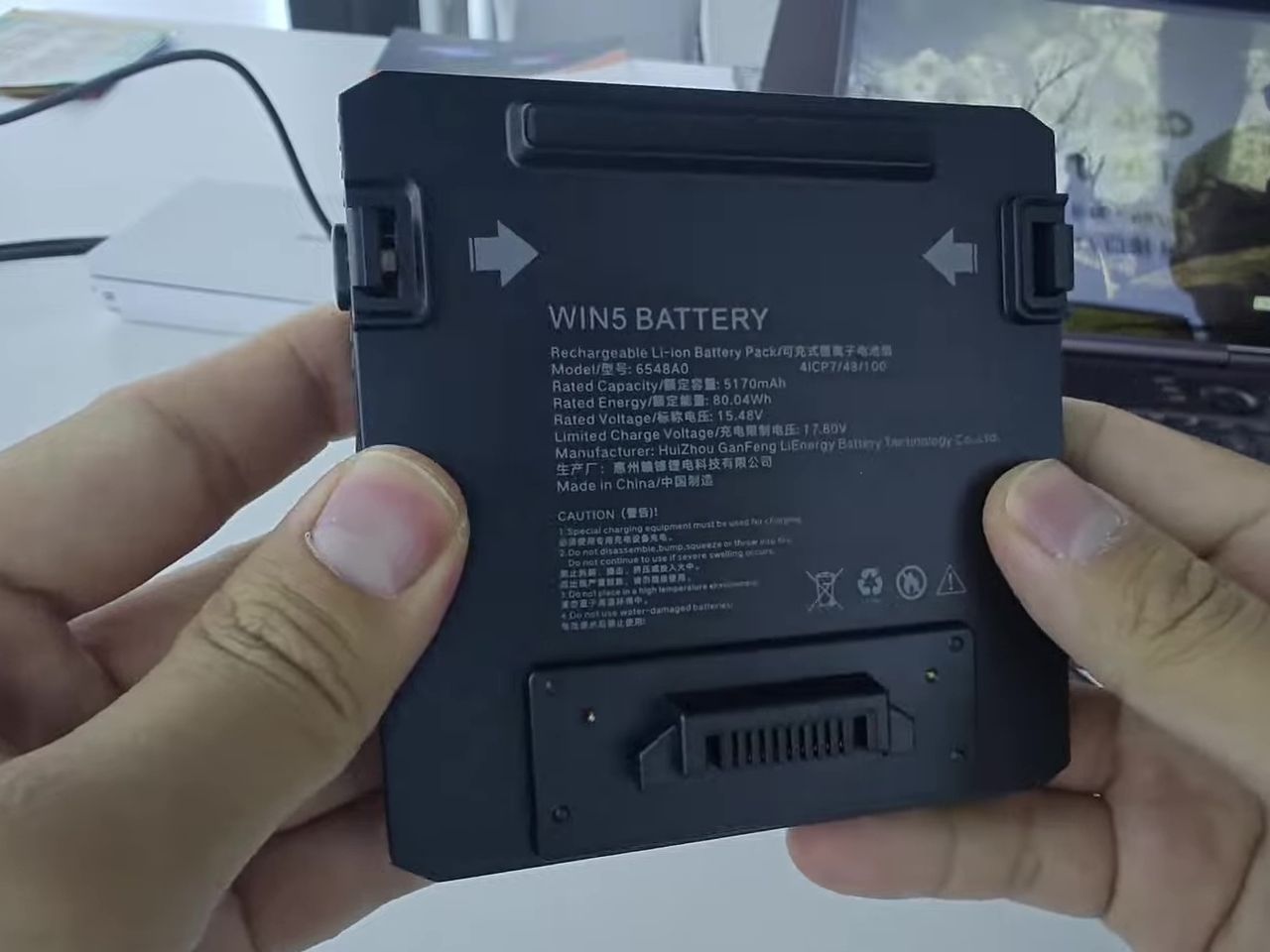
The design decisions feel like they’re pulling in different directions. On one hand, removing the internal battery and keyboard creates a sleeker, more gaming-focused device. On the other hand, the external battery makes the whole package bulkier and less portable than traditional handhelds when you actually want to game on the go.
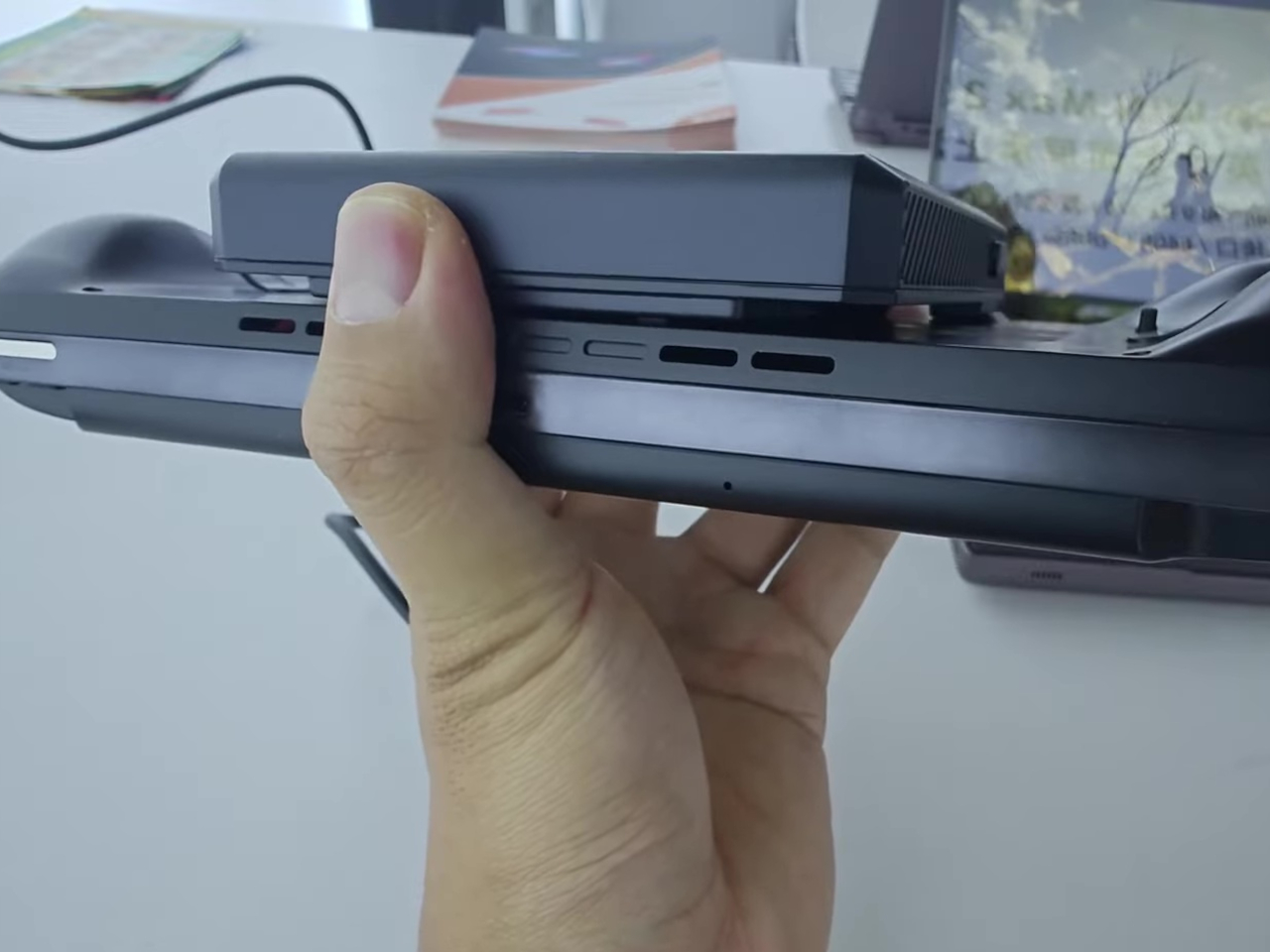
These choices could make the GPD WIN 5 significantly less appealing to existing GPD fans who valued the series for its unique blend of gaming and productivity features. The removable SSD tray is a nice touch, working almost like a microSD card slot for quick storage swaps, but it doesn’t offset the other compromises.
We’re still waiting for final details and real-world testing to see how these design decisions play out in practice. The GPD WIN 5 might represent the future of high-performance handheld gaming, or it could serve as a cautionary tale about changing too much too quickly. Either way, GPD is certainly making waves in an increasingly crowded market.
